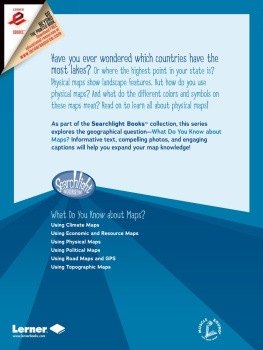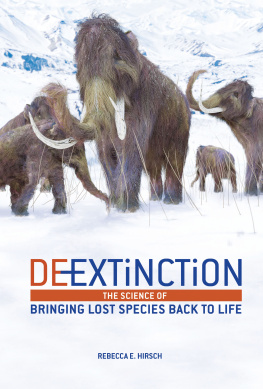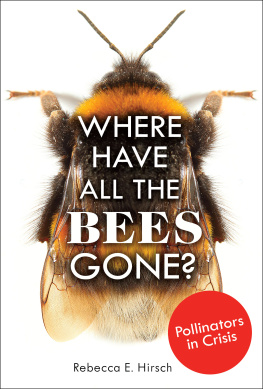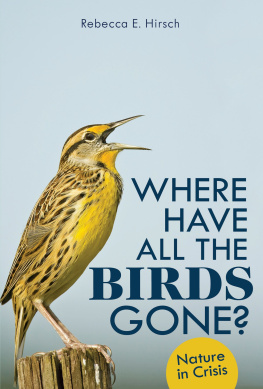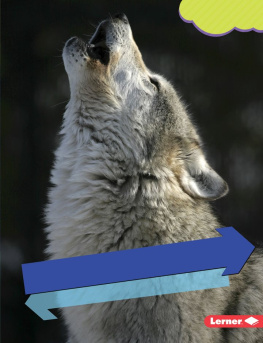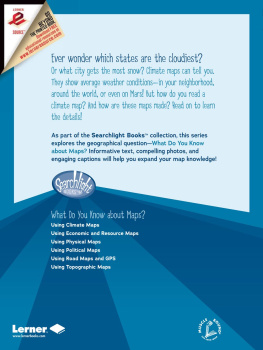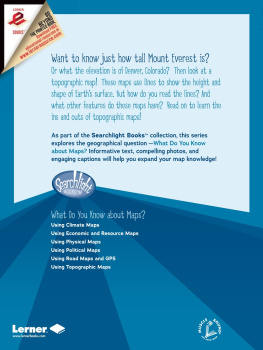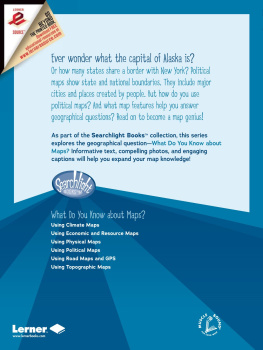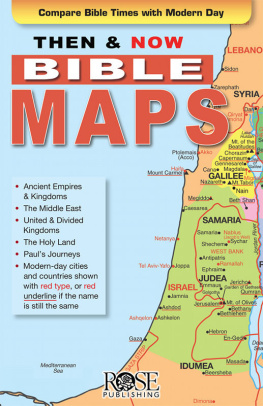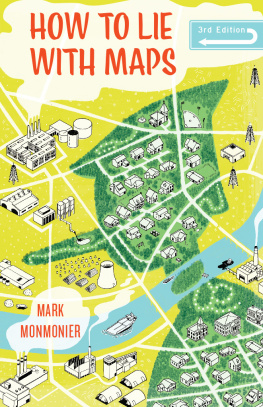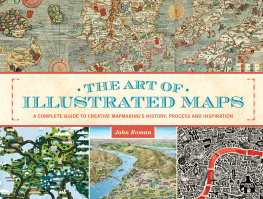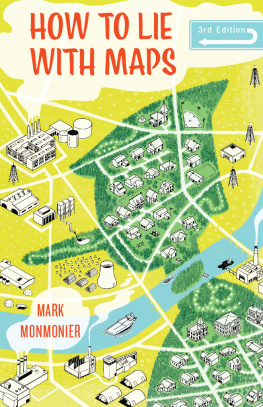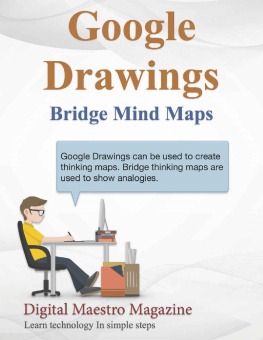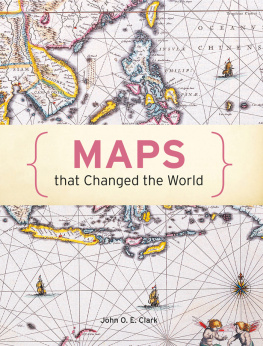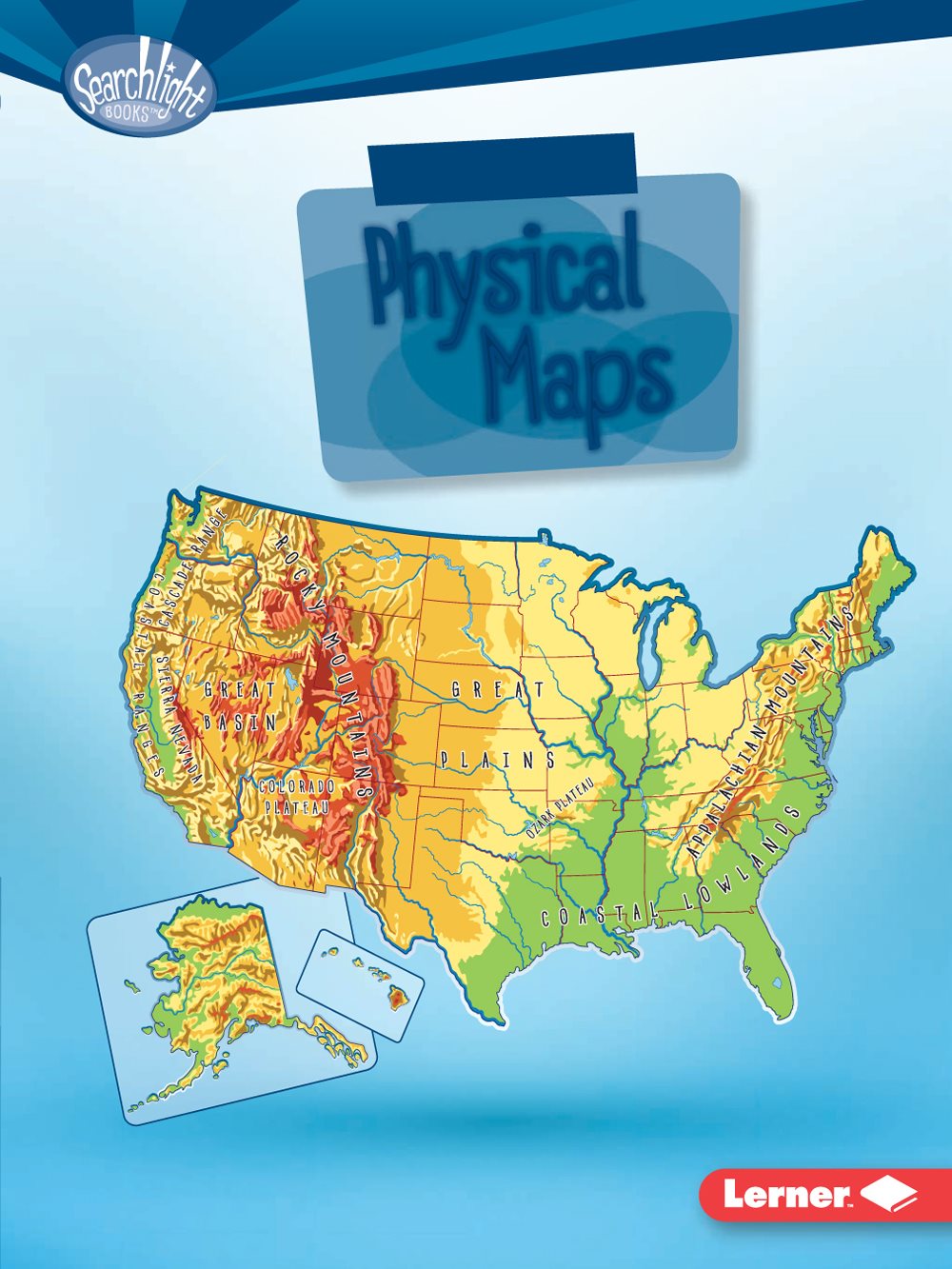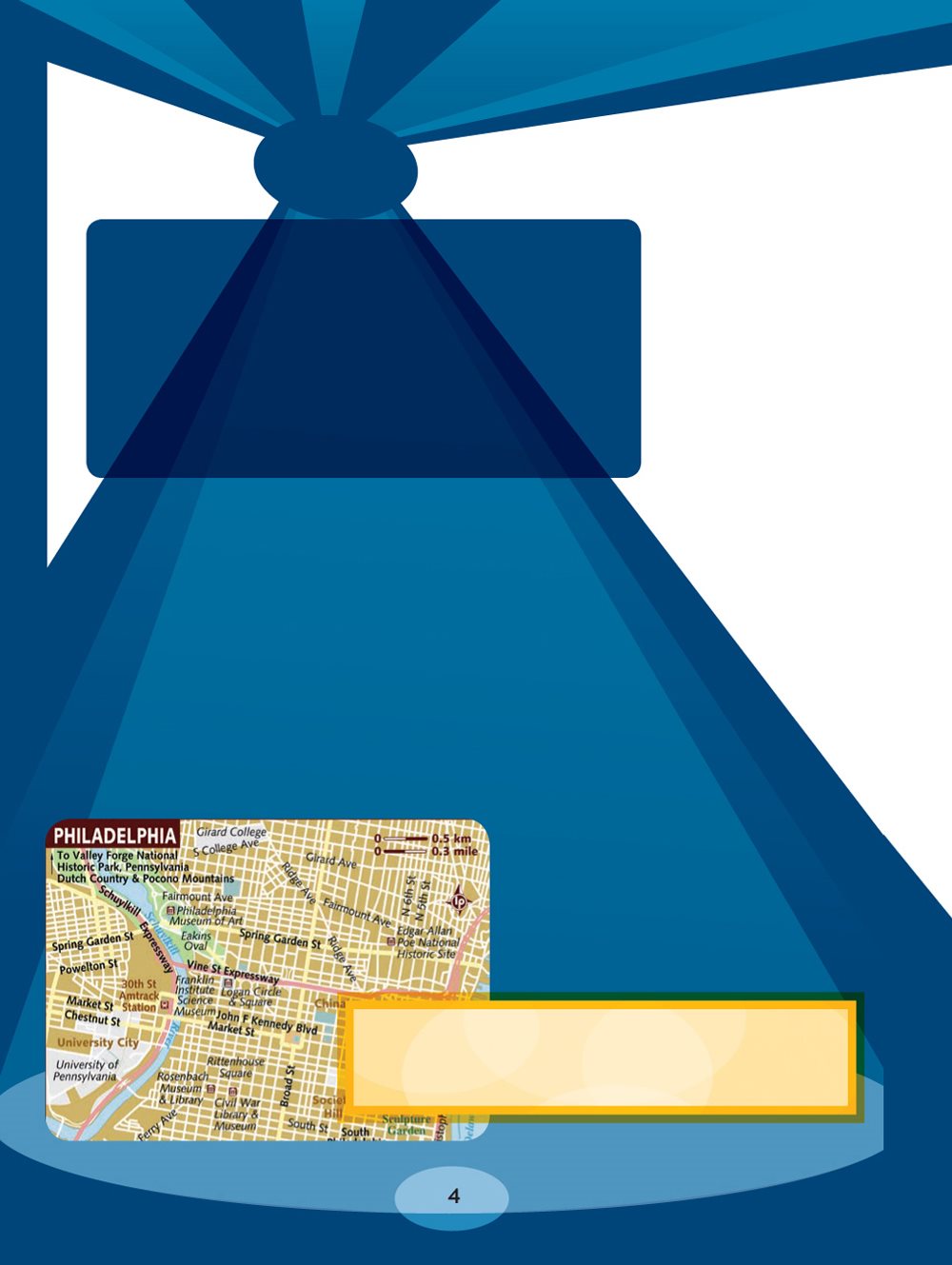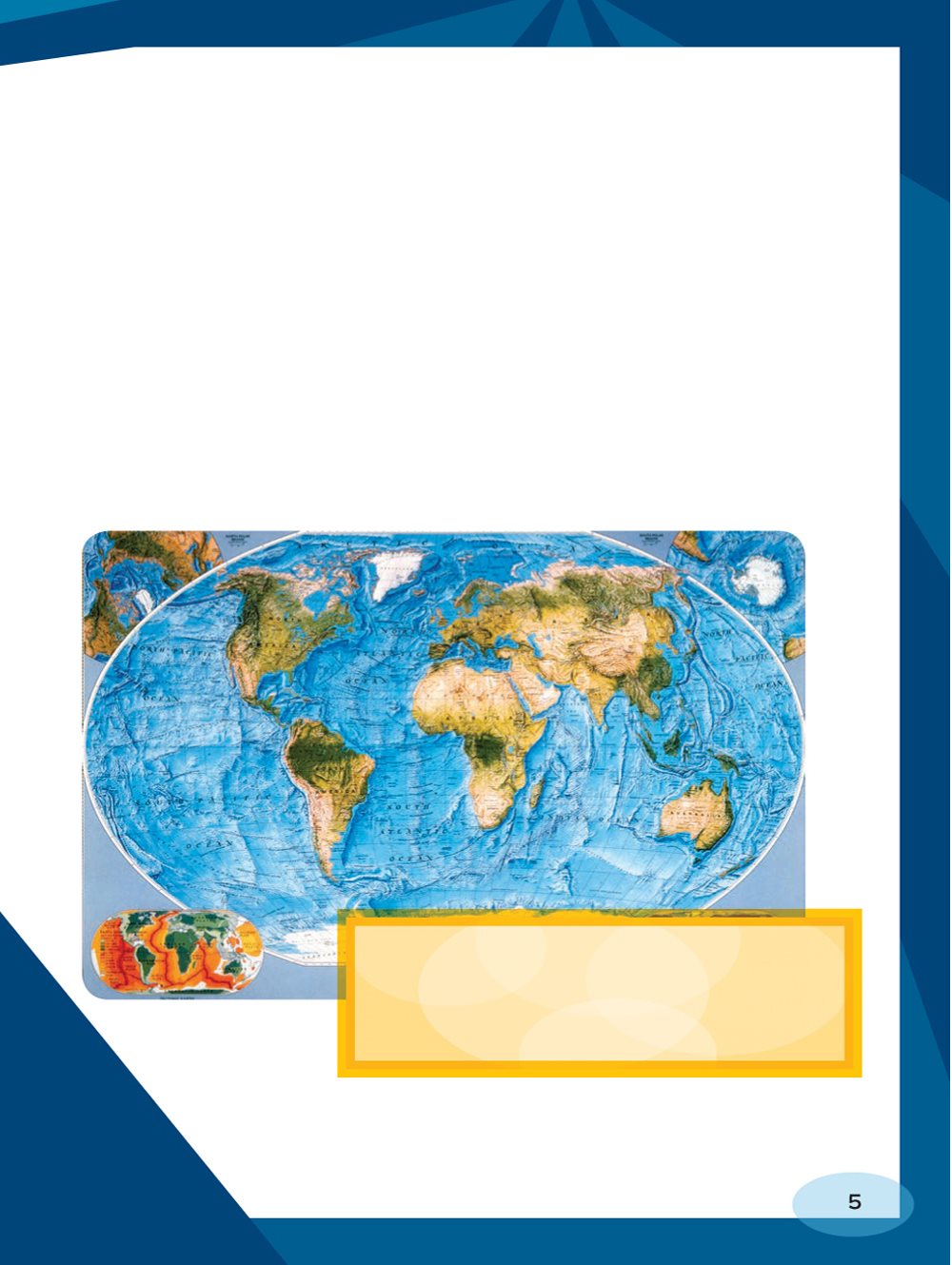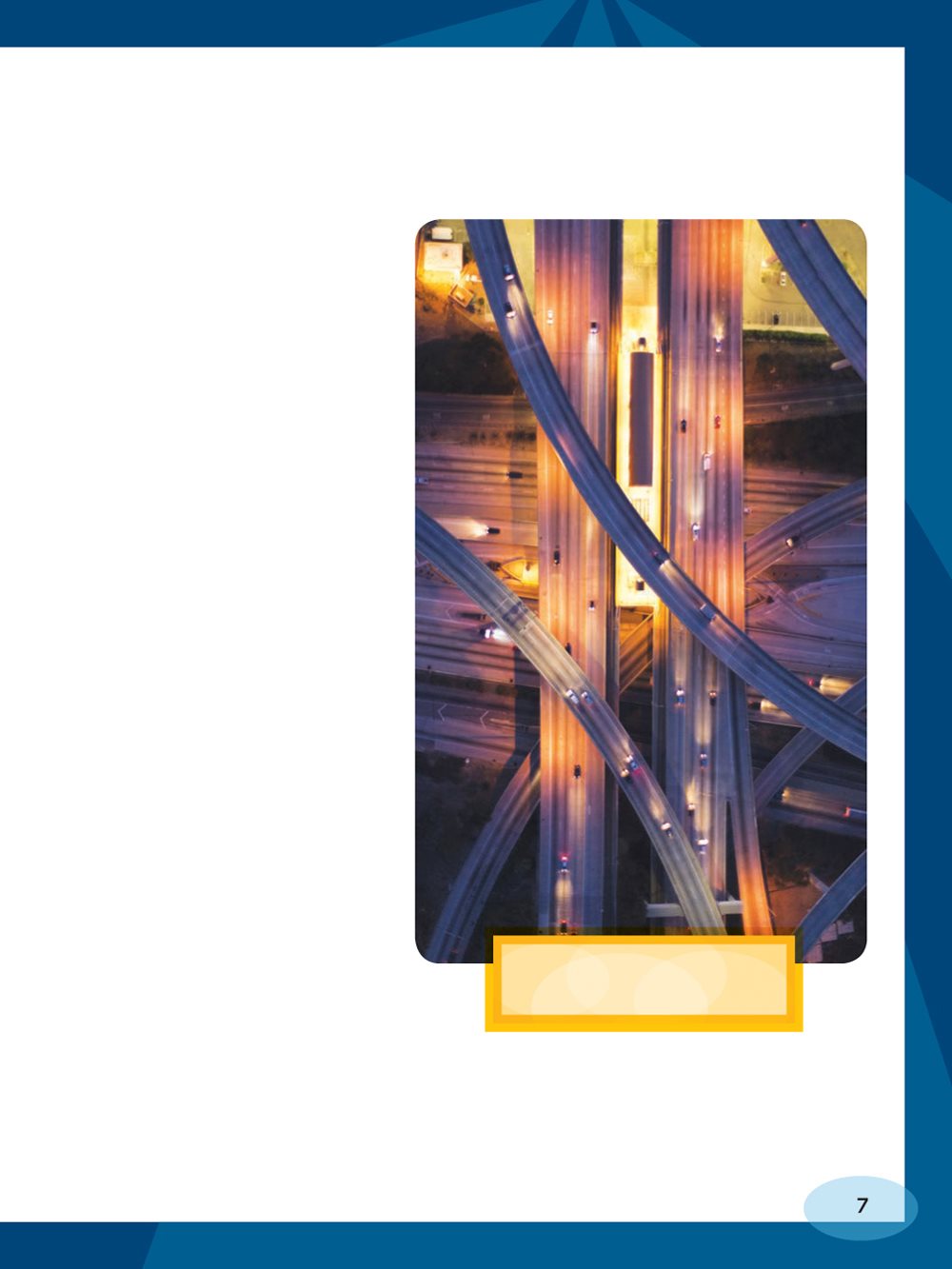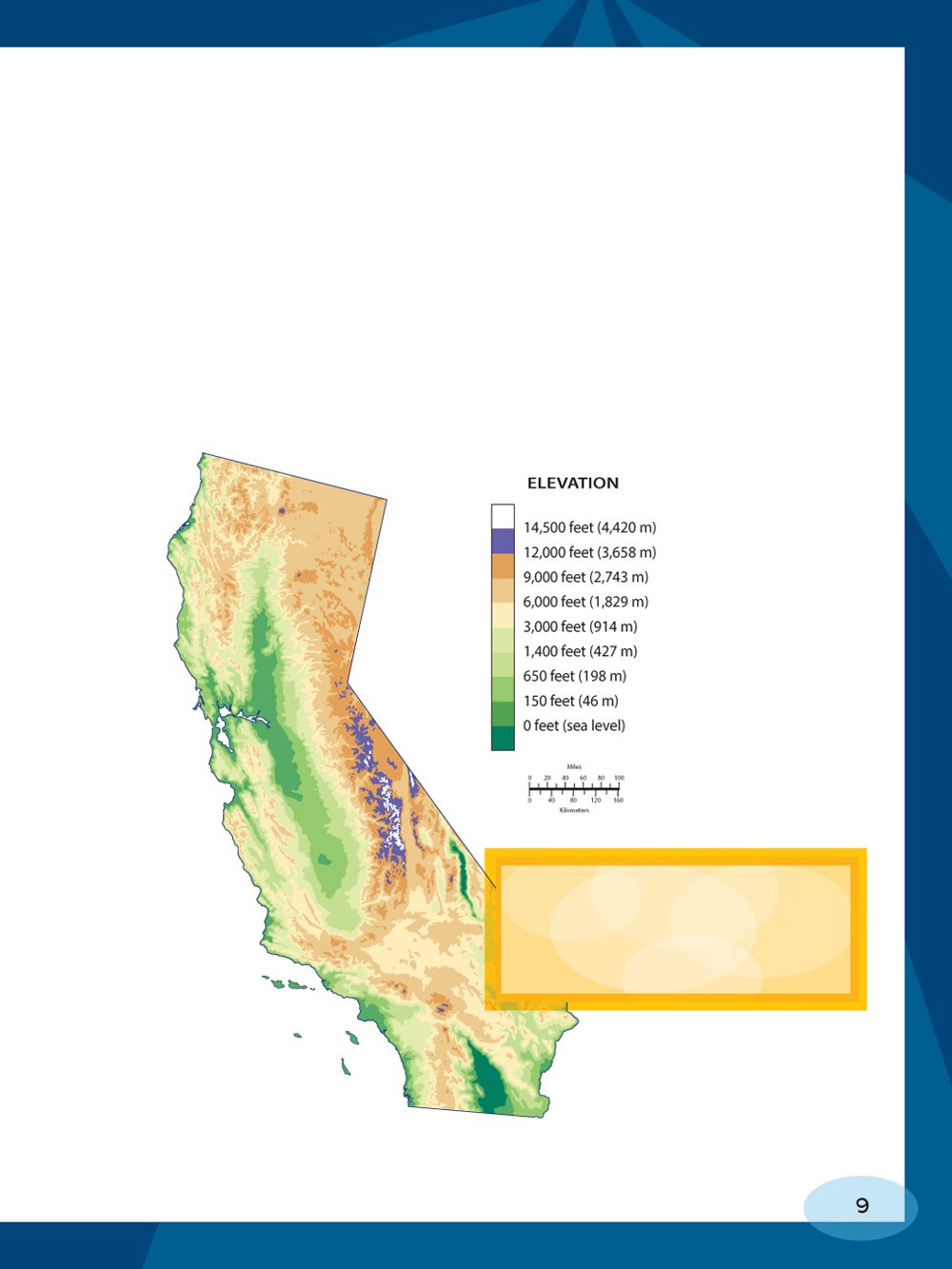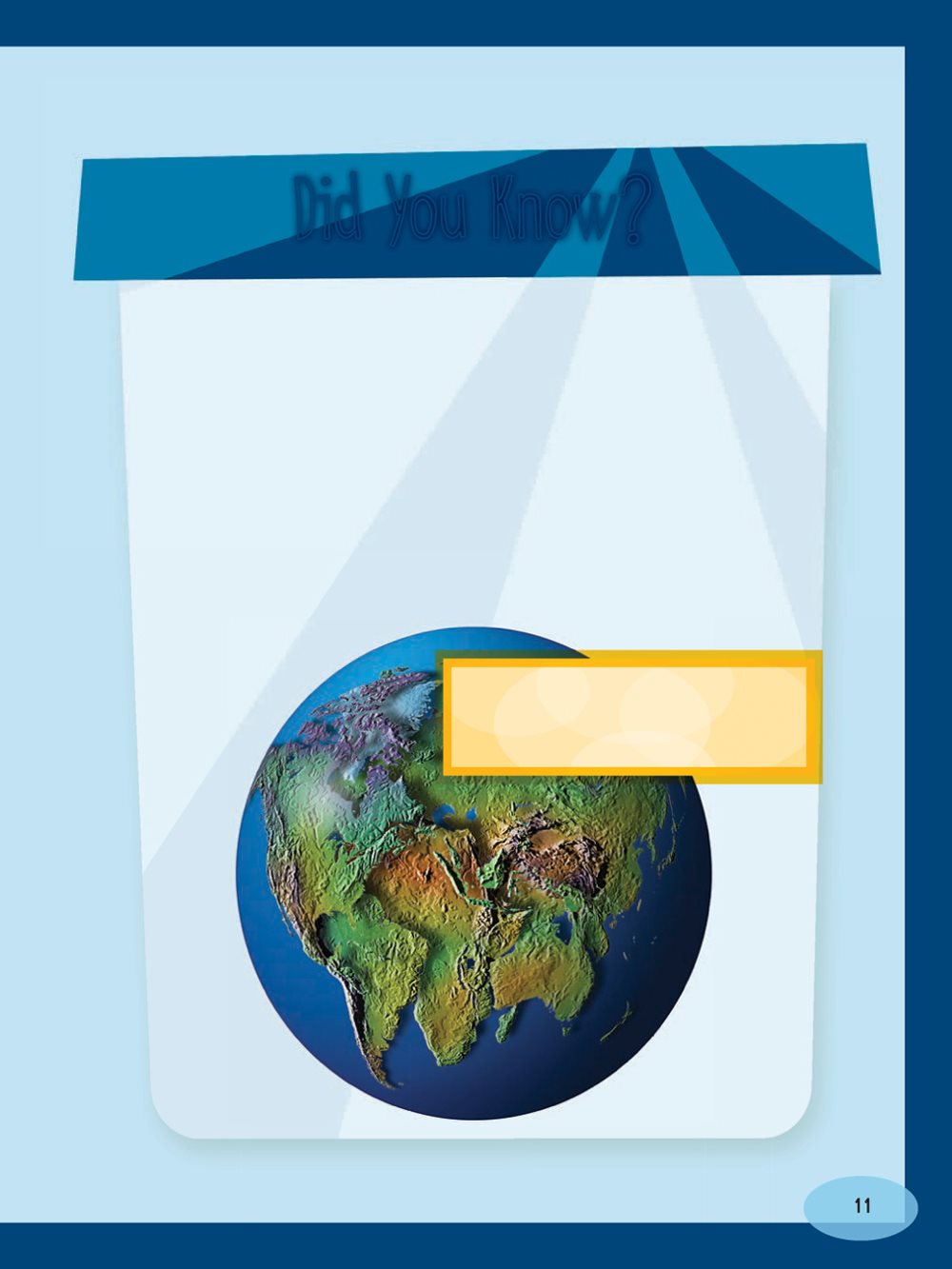Using
Physical
Maps
Rebecca E. Hirsch
Copyright 2017 by Lerner Publishing Group, Inc.
All rights reserved. International copyright secured. No part of this book may be
reproduced, stored in a retrieval system, or transmitted in any form or by any means
electronic, mechanical, photocopying, recording, or otherwisewithout the prior written
permission of Lerner Publishing Group, Inc., except for the inclusion of brief quotations in
an acknowledged review.
Lerner Publications Company
A division of Lerner Publishing Group, Inc.
241 First Avenue North
Minneapolis, MN 55401 USA
For reading levels and more information, look up this title
at www.lernerbooks.com.
Library of Congress Cataloging-in-Publication Data
Names: Hirsch, Rebecca E., author.
Title: Using physical maps / by Rebecca E. Hirsch.
Description: Minneapolis : Lerner Publications, [2017] | Series: Searchlight Books. What
do you know about maps? | Includes bibliographical references and index. | Audience:
Age 811. | Audience: Grades 46.
Identifiers: LCCN 2015038367| ISBN 9781512409499 (lb : alk. paper) | ISBN
9781512412932 (pb : alk. paper) | ISBN 9781512410730 (eb pdf)
Subjects: LCSH: Map readingJuvenile literature. | Topographic mapsJuvenile
literature.
Classification: LCC GA130 .H558 2017 | DDC 912.01/4dc23
LC record available at http://lccn.loc.gov/2015038367
Manufactured in the United States of America
1-39538-21242-2/24/2016
Contents
WHAT IS
A PHYSICAL
MAP? ... page
WHATS ON A
PHYSICAL MAP? ... page
HOW DO YOU USE A
PHYSICAL MAP? ... page
Chapter
WHAT IS A
PHYSICAL MAP?
Maps are like a gateway to the
world! They can help you find
almost any place on Earth. Maps are
diagrams that show us places. They use
symbols to show the features of a place.
Maps show us different things. A park map
might show where to find trees and a playground.
A city map may
show streets, a
public pool, and a
science museum.
Maps show where to find things like
libraries and museums. Which place looks
most interesting to you on this map?
Maps serve many purposes. Some maps show
country boundaries and locations of states. Others focus
on which areas produce different crops. Still others call
out natural features. They use colors to show mountains,
valleys, lakes, and rivers. These maps also show the
location of these features and the distances between
them. Maps that show natural features are called
physical maps.
This physical map of the world uses
blue to show water, brown to show
deserts, and green to show vegetation
(trees and other growing things).
A Birds- Eye View
Physical maps show us a view of the world from above.
When you walk through a park, you see the world from
your own viewpoint. You might see a stream beside you
and some trees ahead of you. If you lie down on the
ground and look up, the world looks different. You might
see clouds overhead and a bird flying.
Physical maps are a little like
photos taken from above. They
show things as theyd look if
you saw them from the sky.
Imagine what the
bird sees as it flies
high over the park.
From high in the sky,
it looks down on the
world. We call this
a birds- eye view.
Physical maps give a
birds- eye, or aerial,
view of the world.
When you look at a
physical map, you
are looking at a place
from above, much as
a bird might see it.
This aerial view shows
crisscrossing roads.
Why Physical Maps Are Useful
No single map can show everything about a place.
Before making a map, cartographers, or mapmakers,
must decide on the purpose of the map and how people
will use it. They must decide what place they want to
show. They must choose what features will be useful to
people using the map.
WHAT FEATURES MIGHT A CARTOGRAPHER
PUT ON A MAP OF HIKING TRAILS?
A physical map may show country boundaries and
where states or provinces are. But its main purpose isnt
to show human- made places like states and countries.
Its to show natural features. A physical map may also
show the elevation of the land, meaning its height above
sea level, and specific types of vegetation, such as
forests or grasslands.
This map uses color to show
mountains and flatter spots
in California. It also shows
the elevation of the land.
A physical map is useful. If you live in a place with
mountains, you can find the names and locations of
those mountains. You can use a physical map to explore
a place and find your way. If you are studying a state or
a country, a physical map can help you understand the
features of that place.
Many different people find physical maps helpful. A
road builder might use a physical map to figure out the
best route for a new road. A city planner might use one
to find a good place
to build a school.
Someone on a
camping trip could
look to a physical
map to find a river
where she could
go fishing.
A lot of planning goes
into building things. Maps
are one tool builders use
in their planning.
Did You Know?
More than a hundred years ago, a scientist named
Alfred Wegener noticed something on world maps.
Some of the continents, such as South America
and Africa, fit together like puzzle pieces. Mountain
ranges in South America seemed to fit together
with mountain ranges in Africa. Wegener guessed
that the continents had been joined long ago in one
huge landmass. Modern scientists call this ancient
landmass Pangaea. That is Greek for all lands.
This globe shows how the

